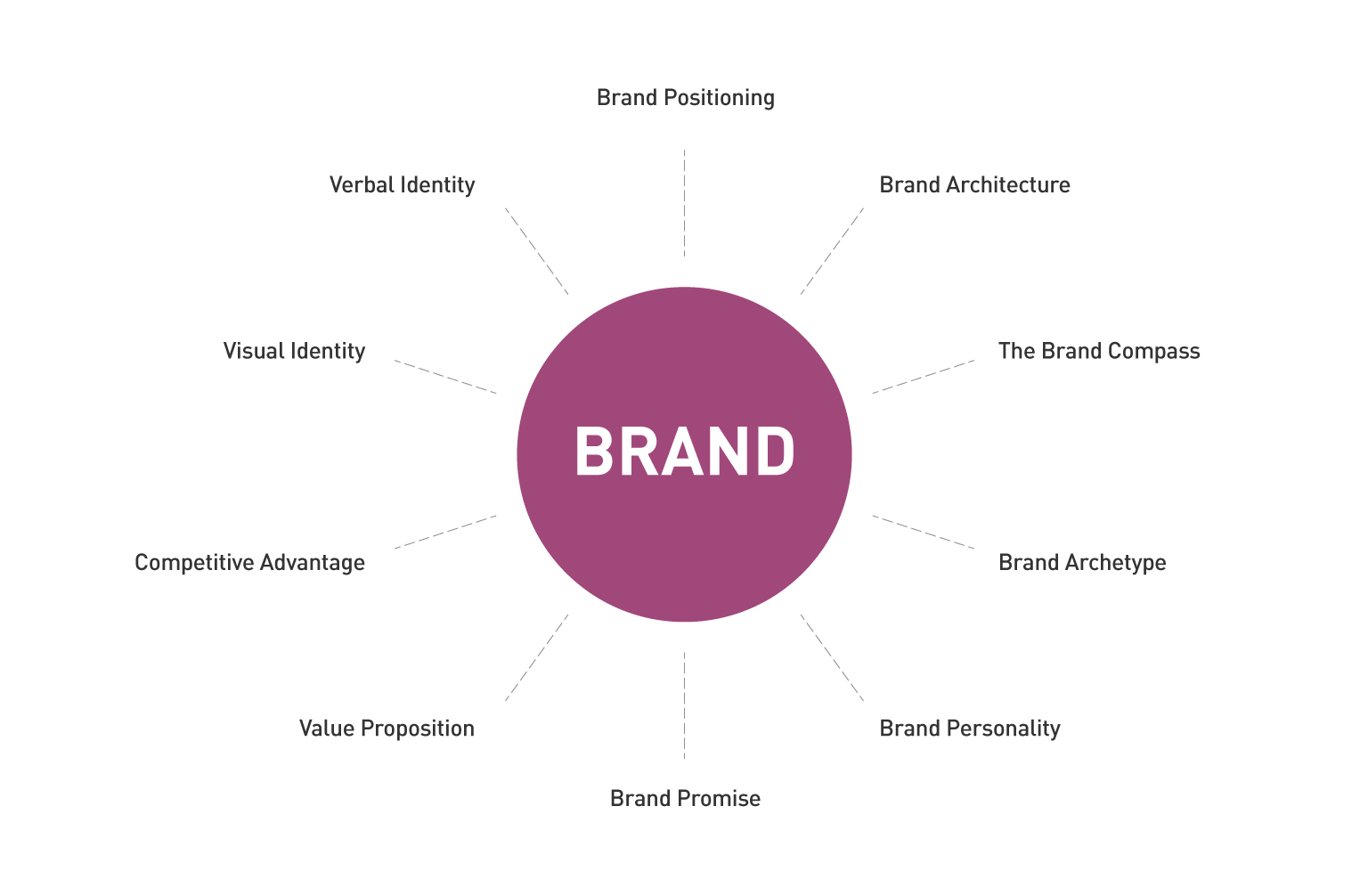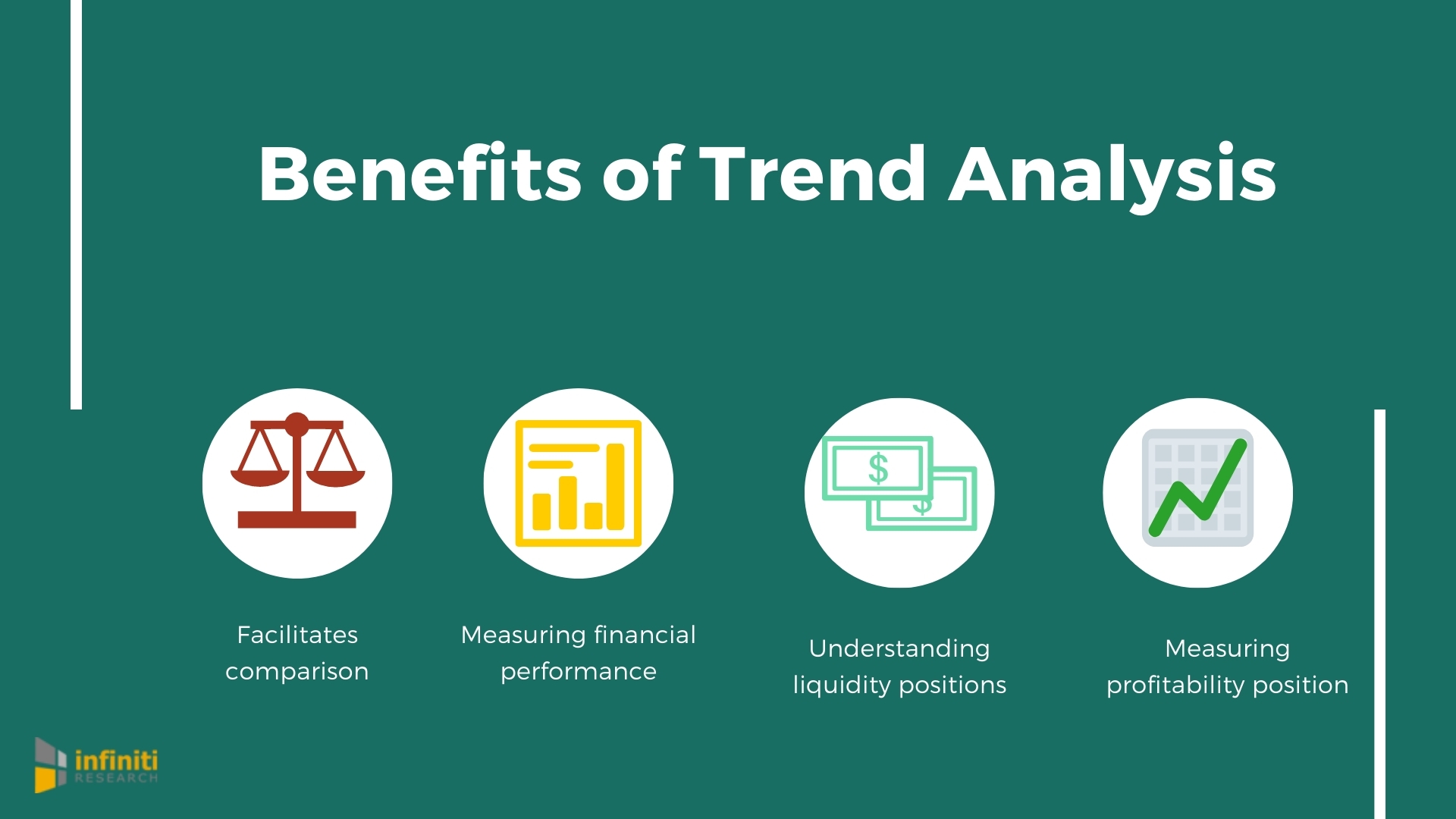Table of Content
- Key Takeaways
- Understanding Branding
- Setting Brand Goals
- Crafting Your Brand Identity
- SEO Fundamentals for Branding
- Content Strategy Development
- Building Online Presence
- Engagement and Community Building
- Monitoring Brand Performance
- Adapting and Evolving Your Brand
- Final Remarks
- Frequently Asked Questions
Ever wondered how to build a brand with unique selling points, a catchy slogan, and a logo that stands out in today's crowded market? Crafting a strong brand identity with unique selling points, a catchy slogan, and wordmark is key to attracting and retaining customers in the target market. From defining your unique selling proposition to creating a memorable logo and establishing brand identity, every aspect plays a crucial role. Whether you're a startup looking to make your mark or an established business aiming for a rebrand, these insights on unique selling points, logo, wordmark, and positioning will guide you towards creating a powerful brand presence that resonates with your target audience.
Key Takeaways
- Define Your Brand: Understand what your brand logo, slogan, mission statement, and positioning stand for and how you want it to be perceived by your audience.
- Set Clear Goals: Establish specific and measurable objectives for your brand to guide your efforts effectively.
- Create a Distinct Identity: Craft a unique brand identity, including logo, slogan, and personality that reflects your values, mission, and personality to stand out in the market.
- Optimize for Search Engines: Implement SEO strategies to enhance your brand's visibility and reach online audiences more effectively.
- Develop Compelling Content: Build a content strategy that resonates with your target audience and reinforces your brand message consistently.
- Establish a Strong Online Presence: Utilize various digital platforms to expand your brand's reach and engage with your audience across different channels.
- Foster Engagement and Community: Cultivate relationships with your audience, encourage interaction, and build a loyal community around your brand.
- Monitor and Analyze Performance: Track key metrics to evaluate the success of your branding efforts and make data-driven decisions for improvement.
- Adapt and Grow: Stay flexible, adapt to market changes, evolve your brand strategy, and remain relevant and competitive in the long run.
Understanding Branding

Definition
A brand in business refers to the overall experience that customers have with a company. It encompasses the emotional connection, brand awareness, brand equity, brand image, and brand positioning customers have with a business and its products. A brand consists of various elements, including the logo, name, messaging, and values that define the company's identity. Beyond just a logo or name, a brand represents the promise a company makes to its customers.
Importance
Building a strong brand is crucial for businesses as it helps establish trust and credibility with customers. A strong brand, with a unique logo, sets a business apart from its competitors by creating a unique identity that resonates with consumers. By maintaining consistent branding across all touchpoints, businesses can reinforce their values and build long-lasting relationships with customers. A strong brand, with a compelling logo, not only attracts new customers but also retains existing ones through loyalty and advocacy.
Pros:
- Establishes trust and credibility
- Sets the business apart from competitors
- Builds long-lasting relationships with customers
Cons:
- Requires ongoing effort to maintain consistency
- Building a strong brand takes time and investment
Brand vs. Product
While a product is tangible and fulfills a specific need, a brand with its logo is intangible and represents the overall perception of a company. A brand encompasses not only the physical product but also the emotions, values, experiences, and logo associated with it. By focusing on branding and logo, companies can create a strong emotional connection with customers, leading to increased loyalty and advocacy. The way a brand is perceived by customers can significantly impact their purchasing decisions and overall satisfaction.
- A brand goes beyond the features of a product.
- Branding focuses on creating an emotional connection with customers.
- Brand perception influences customer behavior and loyalty.
Setting Brand Goals

Identifying Audience
Identifying the target audience is crucial for a successful brand as it helps tailor marketing strategies precisely. By understanding demographics, behaviors, and preferences, businesses can create targeted campaigns. Various methods such as surveys, social media analytics, and market research aid in effectively identifying the target audience. Audience identification plays a pivotal role in brand building by ensuring that products or services resonate with consumers' needs and desires.
Defining Mission
Defining a brand's mission sets the foundation for its values and goals. A clear mission statement communicates the purpose and core beliefs of the brand to both internal teams and customers. It guides brand development by aligning all aspects of the business towards a common objective. Crafting a compelling brand mission involves articulating the brand's unique selling proposition, values, and long-term objectives to inspire trust and loyalty among stakeholders.
Vision Statements
Vision statements articulate a brand's aspirations and long-term goals. They play a vital role in shaping a brand's direction by providing a roadmap for future growth and success. Effective vision statements not only inspire employees but also resonate with customers, fostering brand loyalty and differentiation in competitive markets. For instance, Google's vision statement "to organize the world's information and make it universally accessible and useful" encapsulates its commitment to innovation and user-centric solutions.
Crafting Your Brand Identity
Visual Elements
Logo Design

A well-designed logo is crucial for brand recognition and differentiation in the market. It serves as the visual representation of a brand, making it instantly recognizable to consumers. When designing a logo for brand identity, simplicity and versatility, following brand guidelines, are key factors to ensure it can be scaled across various platforms effectively. Incorporating unique elements that reflect the brand's values and mission helps create a memorable logo.
Color Scheme
Color schemes play a significant role in establishing a brand's identity and evoking specific emotions in consumers. Different colors have psychological associations, influencing how individuals perceive a brand. Choosing the right color scheme involves understanding the psychology of colors and aligning them with the brand's values and target audience. Consistency in color usage across all brand assets reinforces brand recognition.
Brand Voice
Defining a brand voice involves determining the tone, style, and language used in all communication channels. It is essential for conveying the brand's personality, values, and building connections with the target audience. A consistent brand voice helps establish authenticity and trust among consumers, leading to stronger brand loyalty.
Messaging Framework
A messaging framework serves as a strategic tool for guiding all brand communications consistently. It outlines key messaging pillars, tone of voice, target audience personas, brand guidelines, and communication channels. By defining these components, brands can ensure that their messaging remains cohesive across various touchpoints, resonating with their audience effectively.
SEO Fundamentals for Branding
Keyword Research

Keyword research is crucial for brand visibility as it helps in understanding what your audience is searching for. Utilize tools like Google Keyword Planner and SEMrush for effective keyword research. Incorporate keywords naturally into your brand content to boost search engine rankings.
Content Creation
Content creation plays a vital role in building a brand by establishing expertise, trust, and credibility with the audience. Create engaging and relevant content that resonates with your target market. Storytelling is key to connecting emotionally with customers through brand content.
On-page SEO
On-page SEO is essential for brand visibility as it optimizes individual web pages to rank higher and earn more relevant traffic. Focus on optimizing key elements such as meta titles, descriptions, headings, and image alt text. Improve on-page SEO by creating high-quality content, using relevant keywords, and optimizing website speed.
Off-page SEO
Off-page SEO is crucial for enhancing brand authority and credibility in the digital landscape. Backlinks play a significant role in off-page SEO by signaling to search engines that your website is reputable and trustworthy. Build a strong off-page SEO strategy by guest posting on authoritative sites, earning quality backlinks, and engaging with influencers in your industry.
Content Strategy Development
Blogging
:max_bytes(150000):strip_icc()/blogging-what-is-it-1794405-v2-5b60d316c9e77c0050f7eb9e.png)
Blogging plays a crucial role in brand storytelling by providing a platform for sharing authentic narratives and connecting with the audience. It helps in humanizing the brand and building trust through consistent, valuable content.
The benefits of blogging for brand visibility are immense. It boosts SEO efforts, driving organic traffic to the website. Moreover, it establishes the brand as an industry authority, attracting potential customers and fostering brand loyalty.
To create a successful brand blog, focus on consistency in posting quality content that resonates with your target audience. Incorporate visual elements, use storytelling techniques, and engage with your readers through comments and social media shares.
Social Media Content
Social media content is essential for brand engagement as it allows brands to interact directly with their audience, build relationships, and foster community. It provides a platform for real-time communication and feedback.
Creating engaging social media content involves understanding your audience's preferences, using a mix of media formats such as videos, images, and infographics. Utilize user-generated content to increase authenticity and leverage trending topics to stay relevant.
Visuals play a pivotal role in social media branding by capturing attention and conveying messages quickly. Use high-quality images, videos, and graphics that align with your brand identity to create a cohesive visual presence across platforms.
Email Marketing
Email marketing is vital for effective brand communication, allowing direct interaction with customers through personalized messages. It helps in nurturing leads, promoting products or services, and driving conversions through targeted campaigns.
Best practices for email marketing campaigns include segmenting your audience based on demographics or behavior to send relevant content. Craft compelling subject lines, personalize emails with recipient's names, and optimize for mobile responsiveness for better engagement.
Building an email marketing strategy aligned with the brand involves setting clear objectives, defining target audiences, designing visually appealing templates consistent with brand guidelines. Focus on creating valuable content that educates or entertains subscribers while promoting brand offerings effectively.
Building Online Presence
Website Optimization

A well-optimized website is crucial for brand visibility. It ensures that your brand ranks high in search engine results.
Optimize your website by improving loading speed, using relevant keywords, and creating engaging content.
Mobile responsiveness is key in website optimization as more users access websites via smartphones.
Social Media Profiles
Optimizing social media profiles maintains brand consistency across platforms, enhancing brand recognition.
When setting up social media profiles, focus on consistent branding, profile completeness, and engaging content.
Ensure a cohesive brand image across social platforms by using consistent visuals and messaging.
Google My Business
Google My Business boosts local brand visibility by providing essential information to potential customers.
To optimize your Google My Business profile, include accurate business information, photos, and regular updates.
Customer reviews play a significant role in Google My Business, influencing brand reputation and search rankings.
Engagement and Community Building
Social Media Interaction
Engaging with followers on social media is crucial for brand growth. Respond promptly to comments, messages, and mentions. Encourage discussions by posing questions or running polls. Authentic interactions foster trust and loyalty among followers. Consistent engagement boosts brand visibility and strengthens relationships with the audience.
Customer Feedback

Customer feedback is invaluable for brand improvement. Actively seek feedback through surveys, reviews, and social media polls. Analyze feedback to identify trends and areas for enhancement. Implement changes based on feedback to enhance products/services and customer experience. Listening to customers builds trust and shows a commitment to meeting their needs.
Community Forums
Community forums play a vital role in brand advocacy. Engage with online communities by providing valuable insights, answering queries, and participating in discussions. Show genuine interest in community topics and contribute meaningfully. Being an active member of forums establishes credibility and fosters brand loyalty. Participating in community discussions increases brand visibility and attracts new followers.
Monitoring Brand Performance
Analytics Tools
Analytics tools play a crucial role in measuring brand performance by providing valuable insights into consumer behavior and engagement. These tools help businesses track various key metrics such as website traffic, conversion rates, bounce rates, and customer demographics. By analyzing this data, companies can gain a deeper understanding of their audience and tailor their marketing strategies accordingly.
Utilizing analytics data is essential for optimizing brand strategies. By monitoring metrics like click-through rates and social media engagement, businesses can identify trends, assess the effectiveness of their campaigns, and make data-driven decisions to enhance brand visibility and customer engagement. Tips for using analytics data effectively include setting specific goals, regularly monitoring performance, and adjusting strategies based on insights gained.
SEO Ranking
SEO ranking significantly impacts brand visibility, as it determines where a brand's website appears in search engine results. Factors influencing SEO ranking include relevant keywords, quality content, backlinks from reputable sites, and mobile-friendliness. Improving SEO ranking for a brand website involves optimizing content with targeted keywords, enhancing user experience through fast loading speeds and mobile responsiveness, and building high-quality backlinks.
To boost SEO ranking effectively, brands should focus on creating high-quality content that provides value to users while incorporating relevant keywords naturally. Regularly updating content, improving website speed, and obtaining backlinks from authoritative sources are also vital strategies to enhance SEO performance.
Social Metrics
ial metrics are essential for evaluating brand performance, particularly in terms of audience engagement and brand sentiment. Tracking key social metrics such as likes, shares, comments, and follower growth enables businesses to gauge the effectiveness of their social media efforts. Analyzing these metrics helps refine brand strategies by identifying popular content types, optimal posting times, and audience preferences.
In refining brand strategies using social metrics data effectively involves engaging with followers through meaningful interactions, responding promptly to comments and messages, and leveraging user-generated content to foster community engagement. Consistently monitoring social metrics allows brands to adapt quickly to changing trends and consumer preferences in the dynamic digital landscape.
Adapting and Evolving Your Brand
Market Trends Analysis

Market trends analysis is crucial for brand relevance as it helps in understanding consumer preferences and industry shifts. By analyzing market trends, brands can identify emerging opportunities and potential threats, enabling them to adapt their strategies accordingly.
To conduct effective market trends analysis, utilize tools like Google Trends, social media analytics, and industry reports. These tools provide valuable insights into consumer behavior, competitor activities, and overall market dynamics. Regularly monitoring these trends ensures that brands stay ahead of the curve.
Staying updated on industry trends is key to adapting brand strategies successfully. Brands should attend industry conferences, subscribe to relevant publications, and engage with thought leaders in the field. By staying informed about the latest developments, brands can proactively adjust their strategies to remain competitive.
Brand Refresh Strategies

Considering a brand refresh is vital to stay relevant in a dynamic market landscape. Changing consumer preferences, evolving competition, or outdated branding elements are common reasons for brands to embark on a refresh journey. By refreshing the brand, companies can revitalize their image and attract new audiences.
When refreshing a brand, it's essential to maintain core values and unique selling points while updating visual identity or messaging. Consistency in brand messaging and design elements helps retain existing customers while appealing to new ones. Conducting thorough research and seeking feedback from stakeholders can guide the refresh process effectively.
Communicating brand changes effectively is crucial during a refresh. Transparently informing customers, employees, investors, and other stakeholders about the reasons behind the refresh builds trust and loyalty. Clear communication ensures that everyone understands the brand's evolution and aligns with its new direction.
Statistics for Building a Strong Brand
When it comes to building a successful brand, one key factor to consider is establishing shared values with your target audience. Shared values are the beliefs and principles that both your brand and your customers hold dear. Research shows that a whopping 64% of consumers cite shared values as the main reason they connect with a particular brand. This means that by aligning your brand's messaging and actions with the values of your audience, you can foster a deeper and more meaningful relationship with them.
Moreover, consistency is crucial when it comes to brand presentation. Brands that maintain a consistent image across all their marketing channels are 3 to 4 times more likely to be noticed and remembered by consumers than those with inconsistent branding. Consistency builds trust and credibility, as it signals to your audience that your brand is reliable and dependable. Whether it's your logo, color scheme, tone of voice, or overall messaging, ensuring uniformity in how your brand is portrayed helps reinforce brand recognition and loyalty.
In essence, by focusing on shared values and maintaining consistency in your branding efforts, you can significantly enhance your brand's visibility and recognition in the crowded marketplace. This approach not only attracts new customers but also fosters long-term relationships with existing ones, ultimately leading to sustained success for your brand.
Final Remarks
You've now journeyed through the essential steps of building a strong brand. By understanding branding, setting clear goals, crafting a unique identity, and mastering SEO and content strategies, you're on the right path. Building your online presence, fostering engagement, and monitoring performance are crucial to your brand's success. Remember, adapting and evolving your brand is key to staying relevant in a dynamic market.
As you implement these strategies, keep refining and optimizing your brand to resonate with your audience effectively. Consistency and authenticity will set you apart from the competition. Stay committed to your brand's vision and values as you navigate the ever-changing digital landscape. Your brand's growth depends on your dedication and willingness to evolve with the times.
Frequently Asked Questions
How important is understanding branding for building a successful brand?
Understanding branding is crucial as it helps define your brand's values, mission, and target audience. It sets the foundation for all branding efforts, ensuring consistency and resonance with customers.
What role does SEO play in building a brand online?
SEO is vital for brand visibility as it helps your website rank higher on search engine results. By optimizing your content for relevant keywords and improving site structure, you can attract more organic traffic and enhance brand recognition.
Why is community engagement essential for brand growth?
Engaging with your audience fosters trust, loyalty, and advocacy. By listening to feedback, responding to inquiries, and creating meaningful interactions, you can build a strong community around your brand that drives word-of-mouth marketing and sustainable growth.
How can I monitor the performance of my brand effectively?
Monitoring brand performance involves tracking key metrics like website traffic, social media engagement, customer feedback, and sales data. Utilizing analytics tools and setting clear KPIs enables you to evaluate brand success, identify areas for improvement, and make data-driven decisions.
Why is it necessary to adapt and evolve your brand over time?
Adapting your brand ensures relevance in a dynamic market landscape. By staying attuned to industry trends, consumer preferences, and competitive strategies, you can innovate proactively, maintain brand freshness, and meet evolving customer needs effectively.
Free Press Release Template
Tell us where to send your PDF:







